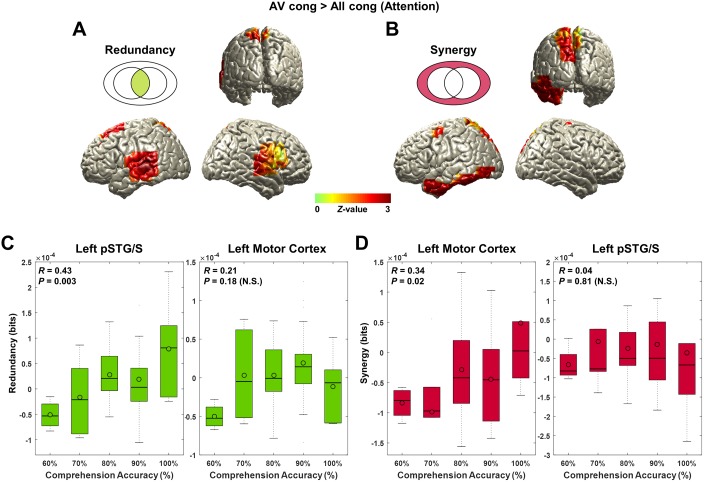Fig 5. Redundancy and synergy in attention effect.
Redundancy and synergy in attention (“AV congruent” > “All congruent”) are analyzed. Further, to explore whether this effect is specific to “AV congruent” condition (not because of decreased information in “All congruent” condition), we extracted raw values of each information map at the local maximum voxel and correlated it with speech comprehension accuracy across subjects. (A) Redundancy for attention effect was observed in left auditory and temporal (superior and middle temporal cortices and pSTG/S) areas and right inferior frontal and superior temporal cortex (Z-difference map at P < 0.005). (B) Synergistic information for attention effect was localized in left motor cortex, inferior temporal cortex, and parieto-occipital areas (Z-difference map at P < 0.005). (C) Redundancy at the left posterior superior temporal region in “AV congruent” condition was found to be positively correlated with speech comprehension accuracy (R = 0.43, P = 0.003). However, this redundant representation was not found for left motor cortex where synergistic information was represented (R = 0.21, P = 0.18). (D) Synergy at the left motor cortex in “AV congruent” condition was also positively correlated with speech comprehension accuracy across subjects (R = 0.34, P = 0.02). Likewise, synergistic representation was not found to be related to comprehension in the left posterior superior temporal region where redundant information was represented (R = 0.04, P = 0.81). This finding suggests that redundant information in the left posterior superior temporal region and synergistic information in the left motor cortex in a challenging audiovisual speech condition support better speech comprehension. The underlying data for this figure are available from the Open Science Framework (https://osf.io/hpcj8/). N.S., not significant; pSTG/S, posterior superior temporal gyrus/sulcus.

